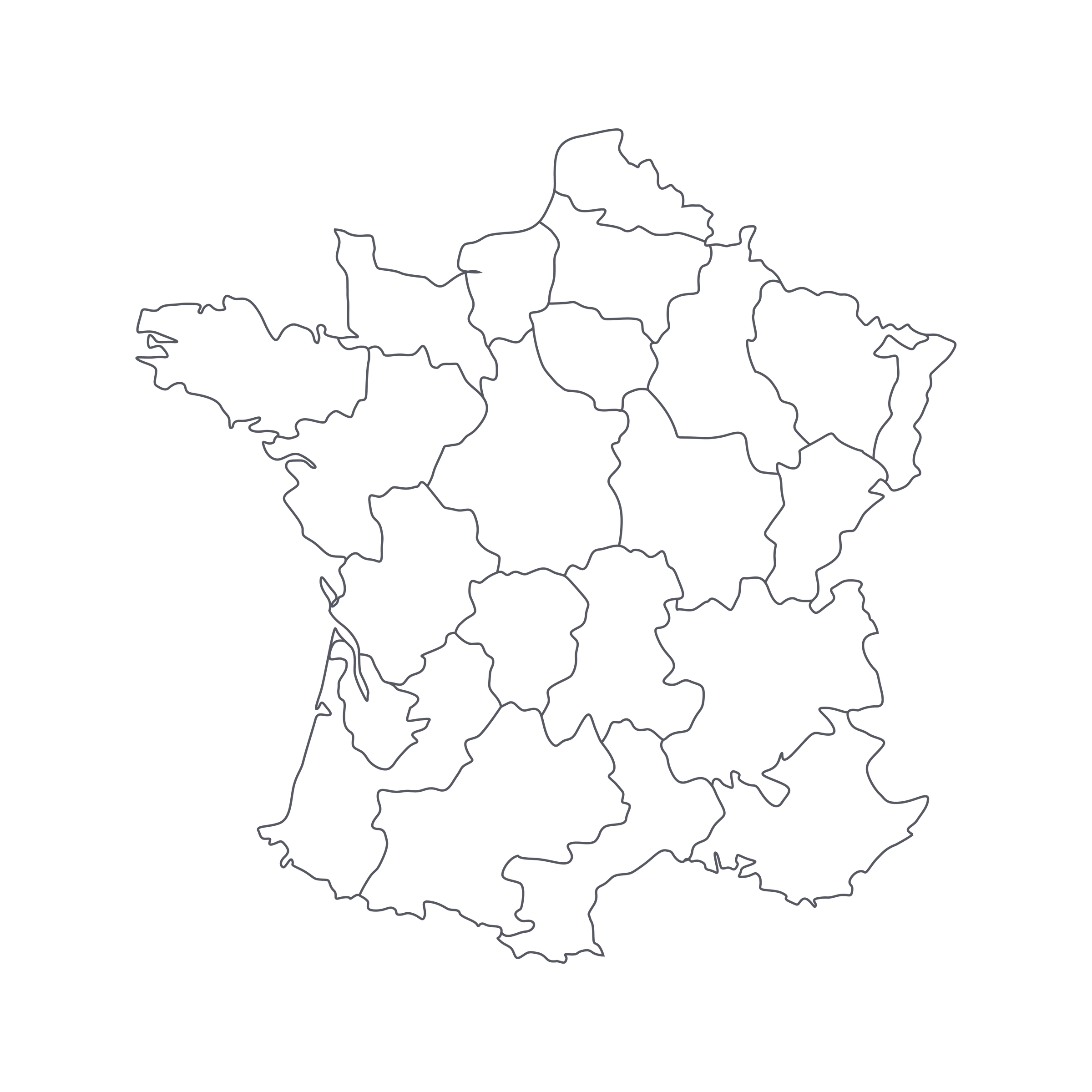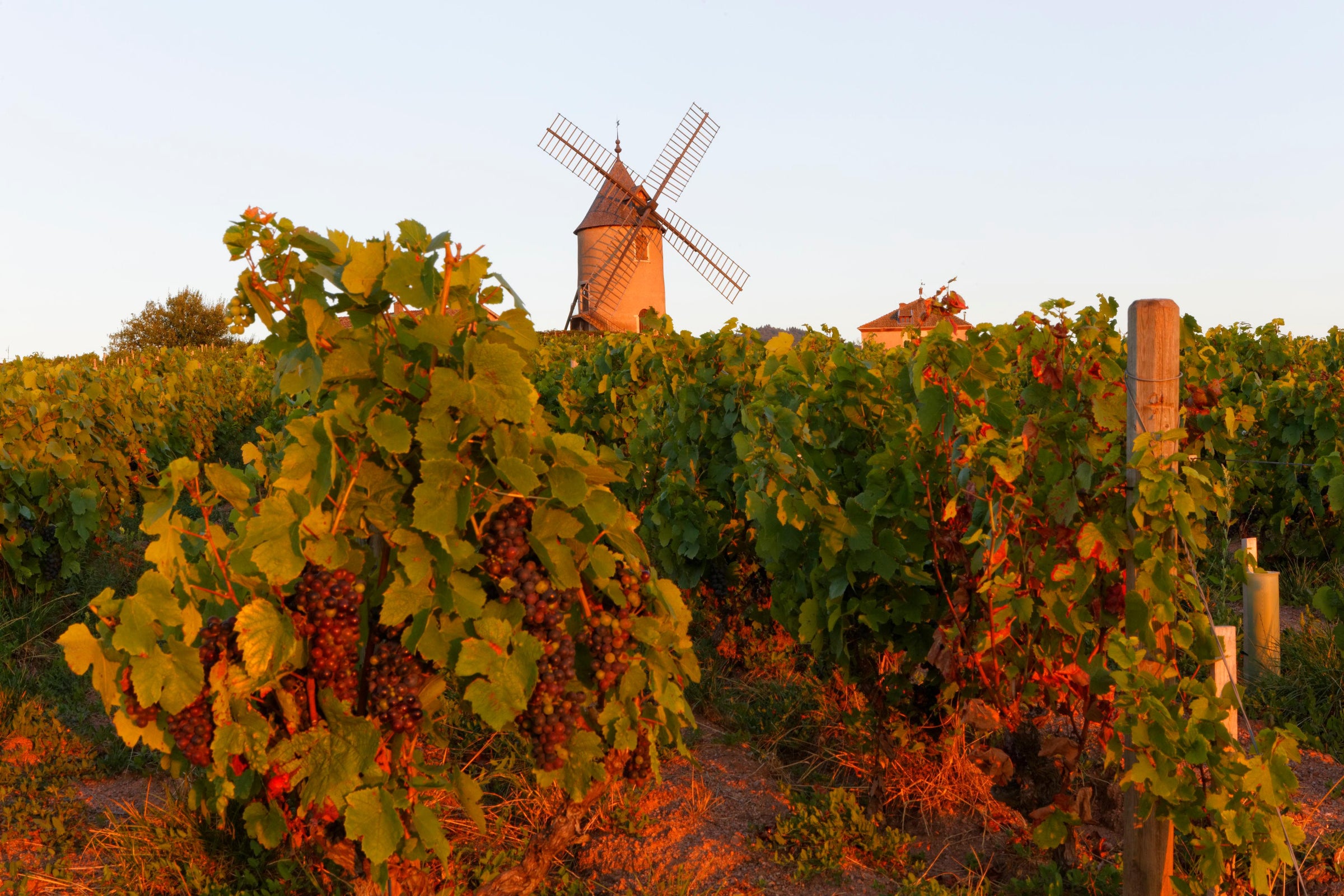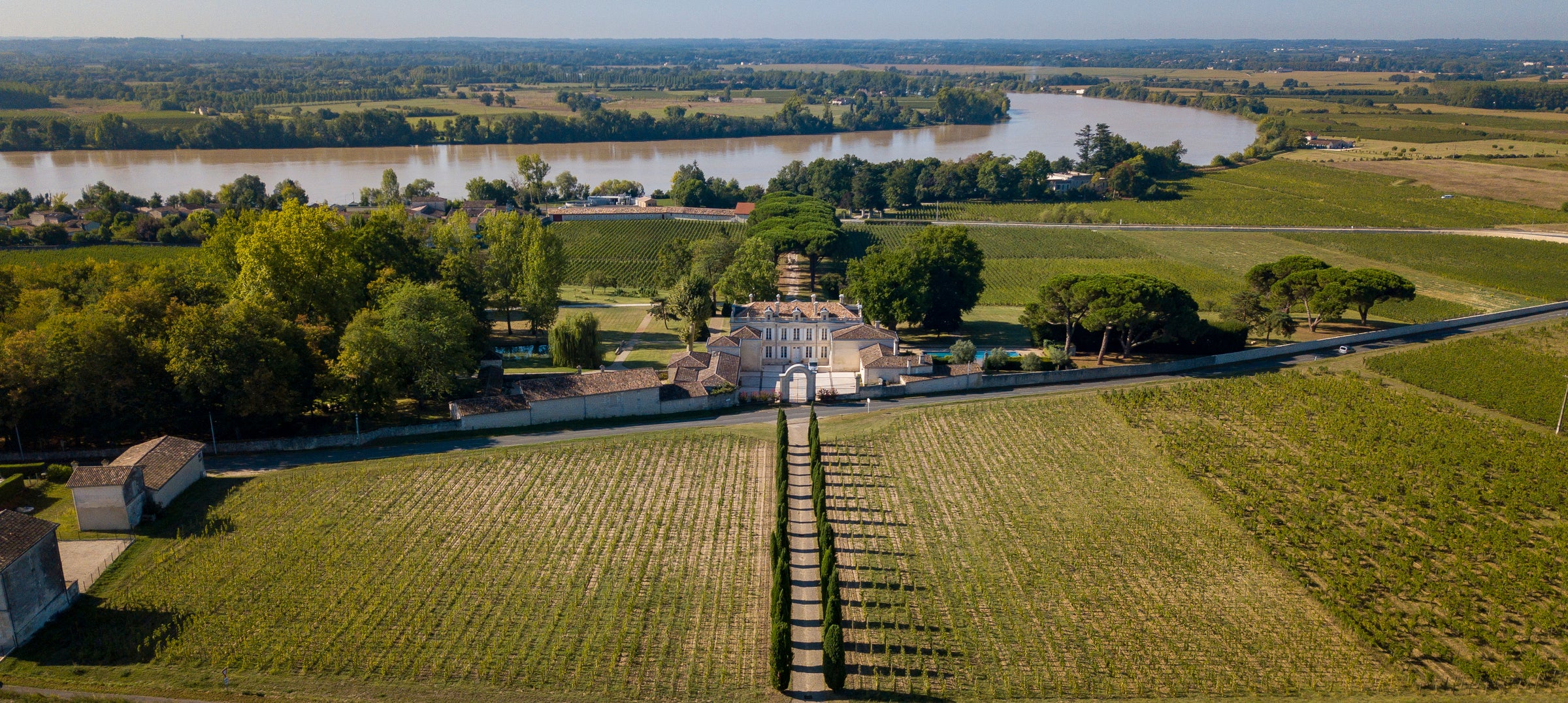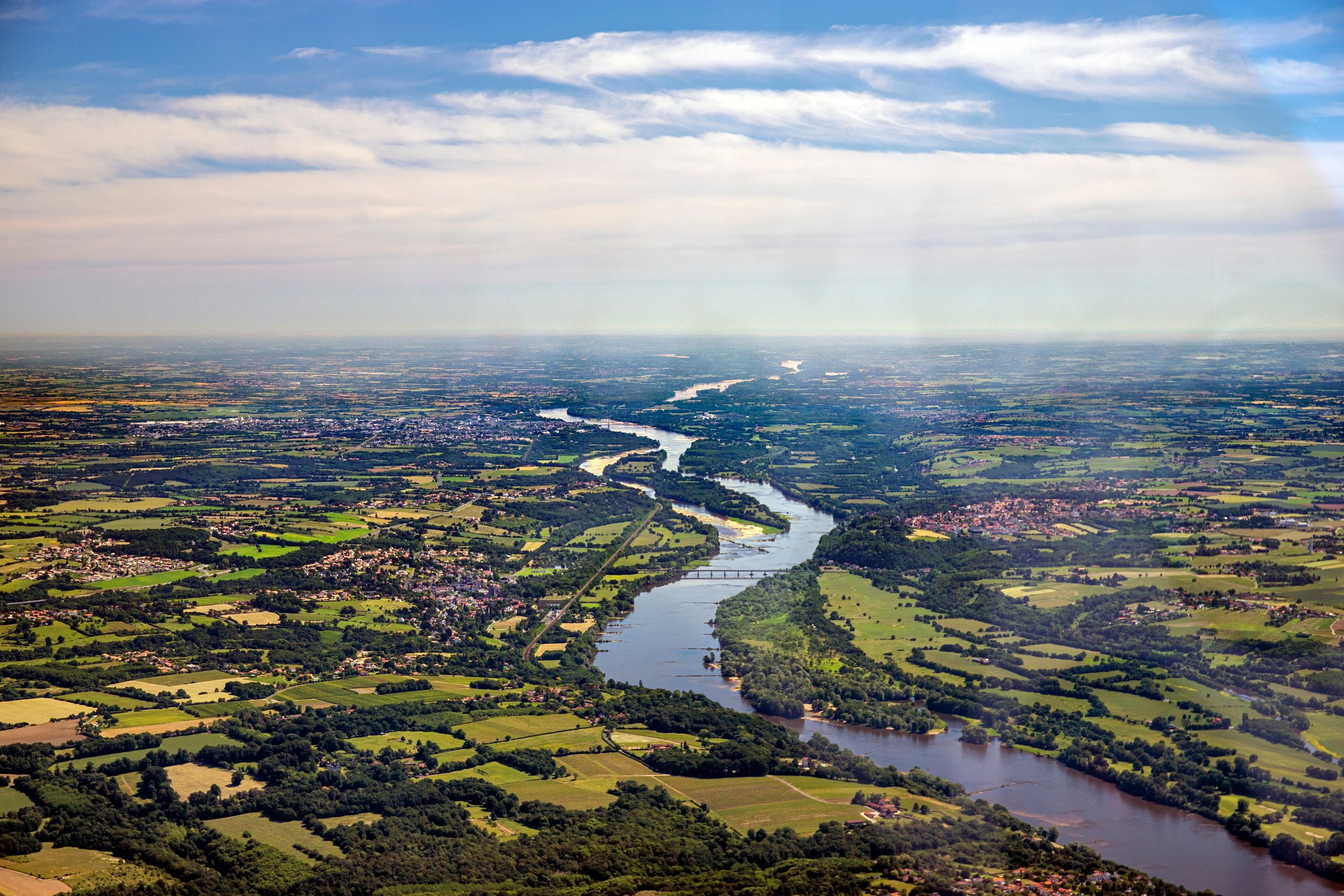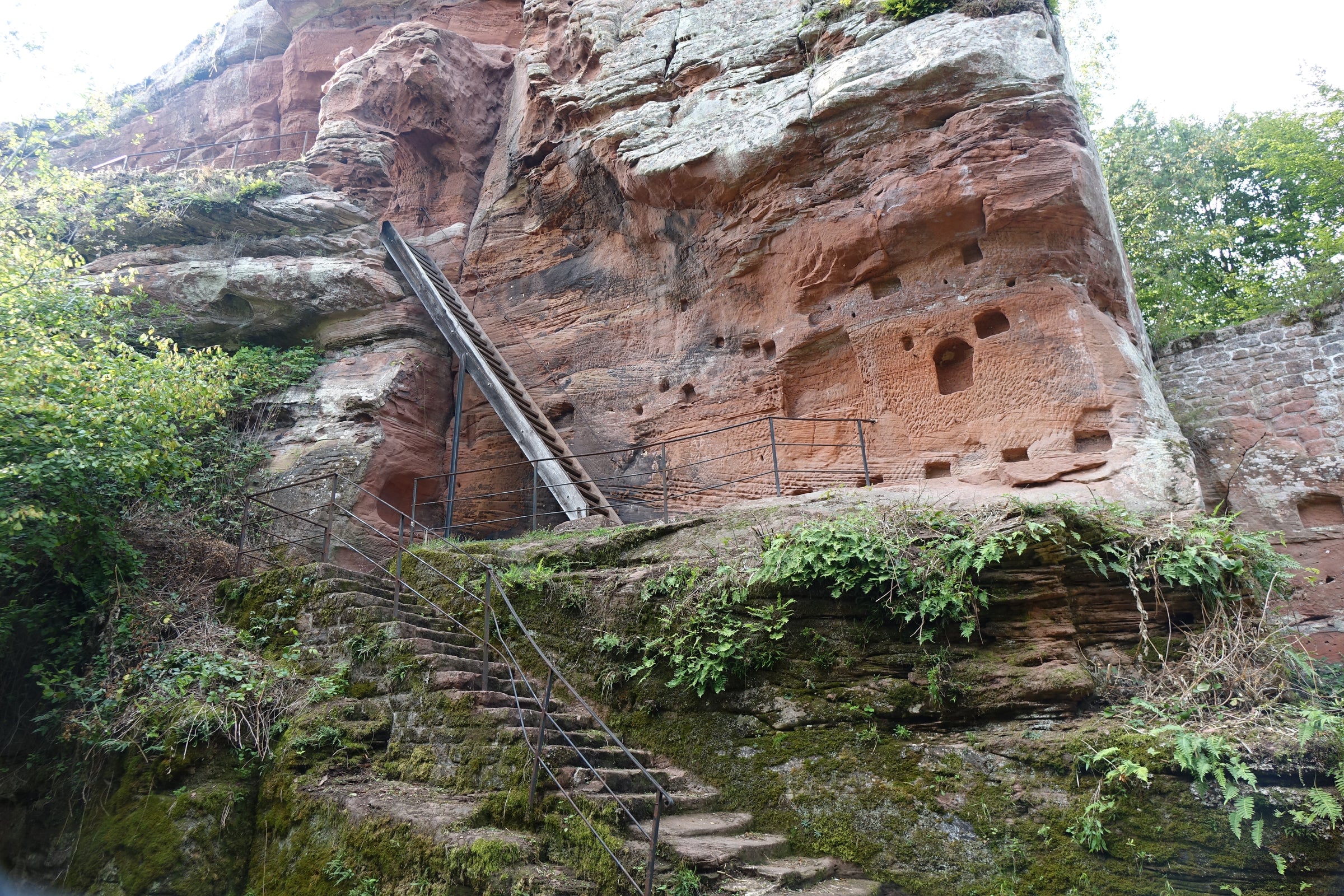There’s a hedonistic quality to Domaine Saumaize-Michelin’s whites that is (a) deliberate and (b) not at all manufactured. It’s a product of clean, natural farming in the service of pristine Chardonnay grapes, which translates into wines that demand a crispy-skinned, lemon-stuffed roast chicken and a tableful of friends.
Grown in some of the choicest vineyard sites in the iconic Pouilly-Fuissé village of Vergisson, and subjected to a longer élevage (aging) than Saumaize-Michelin’s vineyard-designate Pouilly-Fuissé’s, “Ampélopsis” is a special cuvée made only in select vintages, effectively a ‘greatest hits’ collection of the best lots from the domaine’s impeccable vineyard holdings—which include parcels in “Ronchevats,” “Crays,” and “Sur la Roche,” among others. Today’s message is a simple one, and will become readily evident on your first sip: This wine over-delivers in every way. Regretfully, we only have a small amount to share (6 bottles per customer), so proceed accordingly!
These wines don’t come our way very often, so when they do, we pounce—Saumaize-Michelin has risen to the very top rank of Maconnais producers in a relatively short period of time, praised by none other than Burghound’s Allen Meadows for “vineyard work [that is] second to none.” The domaine—its name an amalgam of owner Roger Saumaize’s name and the maiden name of his wife, Christine—is based in the village of Vergisson, one of the four communes that fall within the Pouilly-Fuissé AOC boundaries. Saumaize-Michelin’s labels feature an image of the famed
Roche de Vergisson—a towering limestone outcropping that looms over the vineyards below. Saumaize, who was born here and started out with about three hectares of inherited vines in 1978, has meticulously assembled one of the most impressive collections of vineyard holdings in the zone, with vines now averaging about 50 years of age and all farming carried out according to biodynamic principles.
Pouilly-Fuissé, and the Mâcon as a whole, is known to Burgundy lovers as a source of richer, often more-forward styles of Burgundian Chardonnay; Saumaize is true to form in that regard, but there’s a level of structure and refinement to his wines as well. Much like the Mâcon wines being made by prestige Côte de Beaune houses such as Domaine Leflaive and Comtes Lafon, the Saumaize-Michelin lineup isn’t merely “good by Mâcon standards.” These are transcendent wines across the board, and “Ampélopsis” especially so: It easily competes with Premier Crus from the Côte de Beaune costing twice as much.
All Saumaize-Michelin whites are 100% barrel-fermented and all undergo malolactic fermentation (a secondary fermentation in which malic acid is converted to softer, creamier lactic acid). Both fermentation and aging are carried out in used French oak barriques, with the typical élevage lasting about 12 months before bottling. “Ampélopsis,” however, is a barrel selection designed to undergo a longer aging period—about 22 months—before release. This is a top-of-the line cuvée from some of the best-situated parcels in Pouilly-Fuissé, and it shows.
As our subscribers are well aware by now, we’ve sung the praises of 2014 for red wines especially, but as today’s wine demonstrates, the whites are equally as serious. Ampélopsis is, as noted above, only made in select years, and this edition does not disappoint: In the glass, it’s a deep yellow-gold extending to the rim, with rich, ripe aromas of yellow apple, white peach, mango, honeysuckle, fresh cream, baking spices, crushed stones, white flowers, and raw hazelnut. These sensations carry through to the palate, which is full-bodied, creamy, and yet balanced by citrusy freshness and mineral nerve on the finish. It is deliciously drinkable now, needed only about 30 minutes in a decanter to practically explode from the glass, and while I doubt my stash will last very long because of this, I can see it continuing to offer peak drinking over the next 5-7 years. Long story short: It’s a powerful and impressive white that is custom-built for a roast chicken stuffed with garlic and lemon. Serve it in larger Burgundy stems and allow it to come up to about 50 degrees for best results. In all, a meal fit for a king at a commoner’s price. Enjoy!


